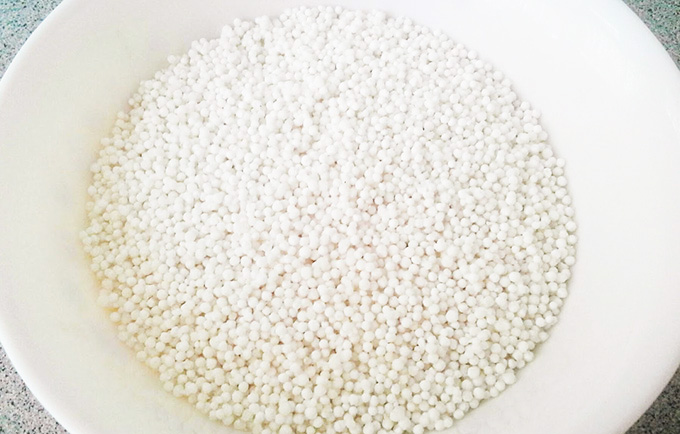Sago, also called tapioca sago or sabudana, refers to starch extracted from the spongy center of tropical palm stems. Sago is round in shape and they are usually added to desserts and and some sweetened beverages. The following are the health benefits and sample recipe for sago.
Health Benefits
Dermatological Effects
One health benefits of sago is the effect they have on the skin. According to Fsfashionista, sago acts as an excellent skin exfoliator. This is possible by grinding sago pearls and mixing them with few drops of milk to create a thick paste. Then, the skin of the face is exfoliated for 15 minutes, allowing the mixture to remain on the face before washing it off with lukewarm water.
Macronutrients
Another health benefit of sago is the set of macronutrients it has. The three known macronutrients are carbohydrates, protein, and fats and they can be obtained from sago, as per Live Strong. Carbohydrates serves as the main source of fuel for the body to carry out its functions and activities of daily living. Without carbohydrates, the body will feel weak and tired to do its daily activities. Then, protein is the macronutrient for cellular growth and repair. When the body takes damage from internal and external stress, protein helps repair the damage and bring it back to its previous state. Then, fats also serve as the body’s fuel for its daily needs; it becomes the secondary energy source when carbohydrate stores are depleted. In addition, fats help keep the body warm and prevent hypothermia or low body temperature.
Weight Management
Sago also helps manage a person’s weight, specifically gaining weight. According to Beauty Health Tips, sago root is calorie-rich; thus, it also helps provide energy to the body like what carbohydrates, fats, and proteins do. Hence, people who have lack of appetite or eating disorders may include sago in their diet. Also, people with tuberculosis and cancer, who also suffer from low body weight secondary to their diseases processes, may also consider eating sago, unless contraindicated to their condition.
Fiber
Another health benefit of sago is fiber. According to San Francisco Gate, a 100-gram serving of sago contains less than one gram. It added that the highest fiber foods include whole grains, fruits, vegetables, beans, seeds, and nuts; while sago is not part of these groups, it still contains decent amount of fiber. Fiber acts as sweep to help remove the unnecessary agents in the system, such as toxins and free radicals, which cause disorders like heart diseases and cancer. Fiber also helps prevent gastrointestinal disorders like diverticulosis, constipation, and hemorrhoids; this is possible by adding bulk and roughage to the stools. Moreover, fiber helps reduce low-density lipoproteins of bad cholesterol in the blood vessels, preventing conditions like atherosclrosis (accumulation of fat deposits in the blood vessels) and coronary artery disease.
Recipe
One recipe that makes use of sago as ingredient is Mango Sago Recipe. According to Yummy, the ingredients include a cup of sago or tapioca pearls, one-fourth cup of milk, four pieces mango (cubed), one cup mango juice, one-fourth cup of coconut milk, and three tablespoons of sugar. To prepare, as per the publication, the flesh of the ripe mangoes are chopped into cubes. Next, half of the cubes are placed in a bowl and are set aside. After that, the remaining mango cubes, cup of mango juice, one-fourth cup of milk, one-fourth cup of coconut milk, and three tablespoons sugar are combined in a blender. The mixture is pureed until the consistency becomes slightly thick; after that, it is transferred to a mixing bowl. The reserved mango cubes and cup of cooked sago are added and the mixture is covered and refrigerated until ready to serve.
Sago is considered healthy, with its many health benefits. Thus, it can be served in breakfast, lunch, snacks, or dinner for groups of friends or the entire family.
Source: thehedgehogknows.blogspot.com








